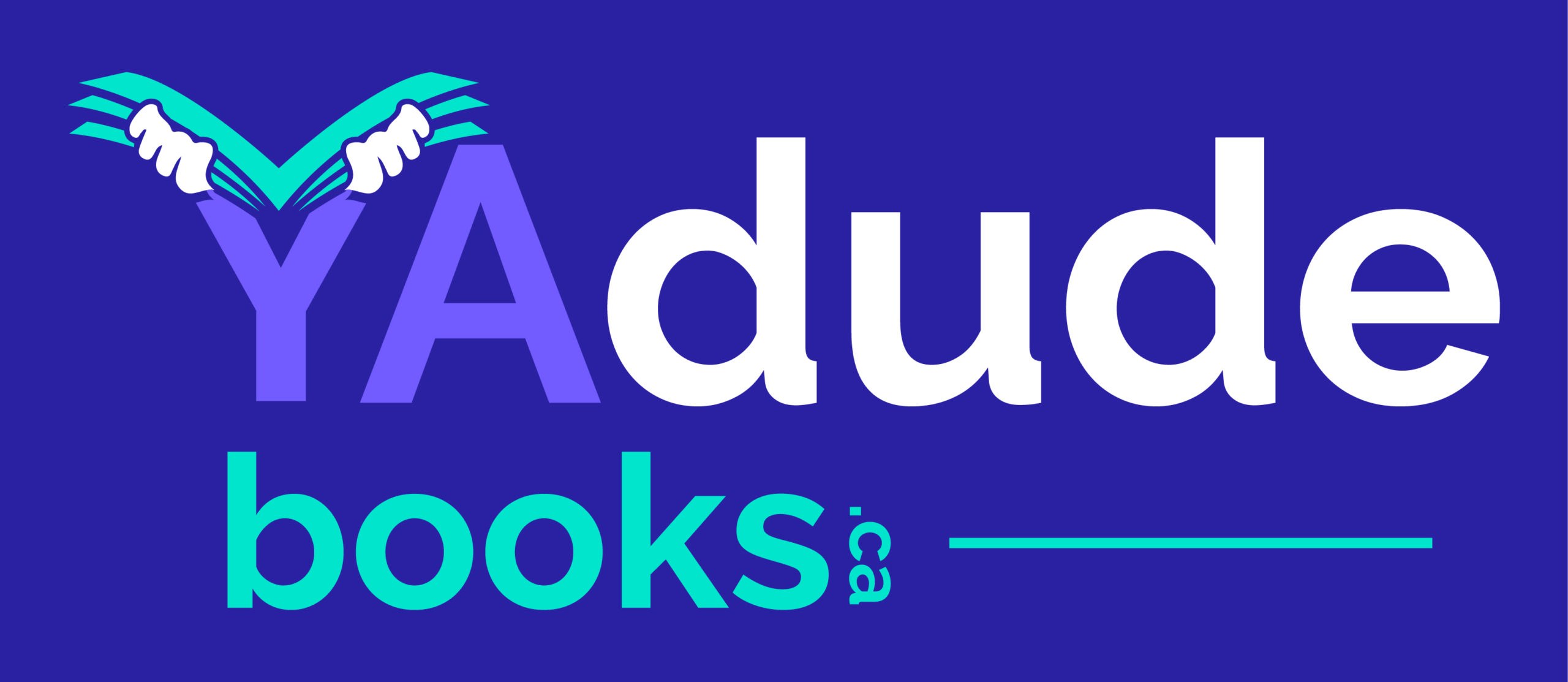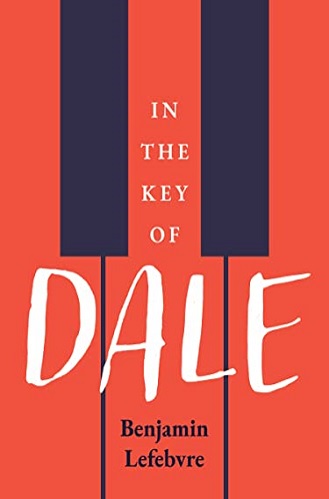Sixteen-year-old Dale Cardigan is a loner who’s managed to make himself completely invisible at his all-boys high school. He doesn’t fit with his classmates (whom he gives nicknames in his head), his stepbrother (whom nobody at school knows he’s related to), or even his mother (who never quite sees how gifted a musician Dale might be)—but they don’t fit with him, either. And he’s fine with that. To him, high school and home are stages to endure until his real life can finally begin.
Somewhat against his will, he befriends his classmate Rusty, who gets a rare look at Dale’s complex life outside school, but their friendship is made awkward when Dale is uncertain whether his growing attraction to Rusty is one-sided. Still, it’s to Rusty that Dale turns when he stumbles upon a family secret that shakes everything he thought he knew.
An epistolary novel written in the form of letters to his late father, In the Key of Dale is a beguiling, pitch-perfect book about growing up, fitting in and finding a way out of grief and loneliness toward the melodic light of adulthood.
This is a special book that tells the uncensored story of Scott Dale Cardigan, a teen. Dale is different from others; he is queer, lonely and does not talk to his classmates. Instead, he writes honest letters to his late dad, and these letters make up the book.
Dale finds comfort in music. He is really good at it and just did well in a big music test. But his mom is not excited about his music passion. Dale loves to play the violin and sing in church. His life changes when he meets Rusty at Jenice and Sophie’s wedding. They become friends, and Dale slowly opens up to others, even his family.
The best thing about the book is how Dale talks to his dad in the letters or diaries. He shares everything, even the tough parts. What also sets this novel apart is its portrayal of LGBTQ+ characters. Dale’s interactions with gay individuals like Jenice and her girlfriend Sophie, Reverend Heather and his partner Albert offer a genuine depiction of how these relationships help him discover his true self.
The only thing I did not like is that the chapters are dates when the letters were written. It can be confusing. According to me, chapter numbers and titles could have made it easier to follow.
Dale’s point of view, lonely life and grief really touched me. It is a must-read for high school teens who might relate to Dale’s challenges, and for anyone curious about the raw realities of LGBTQ+ youth. It shows what it is like to be different and misunderstood.
-Weldon Ngetich


